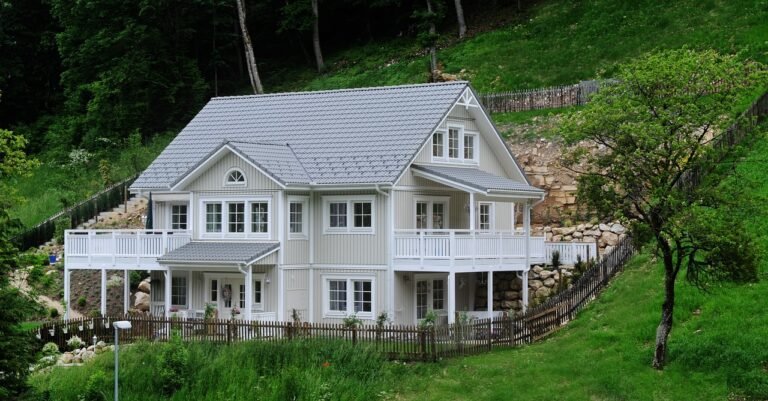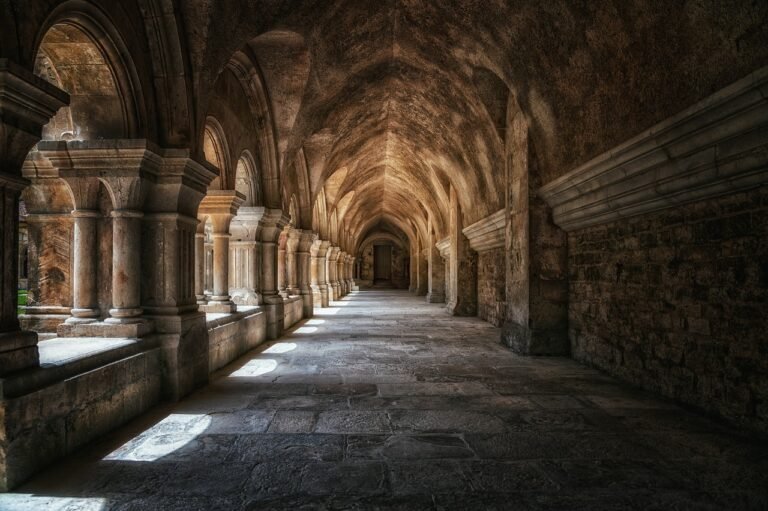Architecture Versus Engineering
Architecture focuses on the design and aesthetics of homes, at the same time as engineering guarantees their functionality and protection. These fields collaborate to deliver systems to existence.
Impact-Site-Verification: 687a6c36-c27a-41a4-aaa5-af24b322eee6
Understanding the difference between architecture and engineering is important for each person concerned in the production enterprise or thinking about a career in constructing and layout. Architects are the visionaries behind a constructing’s form, form, and area, creating environments which can be both practical and inspiring.
Engineers, alternatively, focus on the physical integrity and gadget functionality inside the project, dealing with demanding situations inclusive of guide, weather responsiveness, and substances. Together, those professions blend technology and art to create the built environment round us, making sure that homes not only look appropriate but are also secure, sustainable, and fit for their intended use.
Defining The Fields
The core focus of Architecture is to create designs for buildings and spaces. Architects think about how places look and feel. They also make sure places are safe and enjoyable for everyone. Their work includes drawing plans and picking materials that are good for the environment and people.
The core focus of Engineering, on the other hand, is about making things work. Engineers solve problems with math and science. They design and build everything from bridges to computers. Their main goal is to make sure things are strong, work well, and are safe to use.

Educational Pathways
Choosing between architecture and engineering depends on your interests. Architecture focuses on design and aesthetics. You will learn how to make buildings look good. Engineering dives into how things work. It’s more about solving problems with math and science.
Architecture curriculum covers drawing, designing, and history. Students learn to create safe and beautiful spaces. Projects and hands-on work are key.
Engineering curriculum is about math, physics, and problem-solving. Students tackle real-world issues. They work in groups to discover modern solutions.
Roles And Responsibilities
The architect usually makes a specialty of the design thing of a structure Their tasks revolve around creating the concept and vision of a building. They ensure the design meets both aesthetic and functional needs. This involves drafting blueprints and planning layouts. They also select materials that match the desired look and feel.
On the other side, the engineer’s domain is grounded in the practical application of the design. They focus on making the architect’s vision a reality. This includes addressing structural integrity, electricity, plumbing, and ventilation. They also ensure the project adheres to safety standards and building codes. Their work is critical to the building’s durability and functionality.
Tools Of the Trade
Architects and engineers rely on specialized software gear to create and examine designs. In the realm of structure, famous layout software consists of AutoCAD, Revit, and SketchUp. These packages assist architects visualize projects in 2D and 3-d models. They are critical for drafting specific plans and elevations.
For engineering, analysis software plays a important position. Tools like STAAD.Pro, ANSYS, and SAP2000 allow engineers to test systems below various situations. They check for pressure, stress, and other forces. This ensures protection and stability within the built surroundings.

Collaboration In Practice
The marriage of architecture and engineering is critical for building projects. Teams blend creativity with practicality to achieve outstanding results. This union ensures structures are both beautiful and functional.
Successful projects often stem from these collaborative efforts. Architects and engineers work together from the start. They ensure designs are feasible and meet all specifications.
Example table of case studies could be formatted as follows:
| Project | Architect | Engineer | Outcome |
|---|---|---|---|
| Sydney Opera House | Jørn Utzon | Ove Arup & Partners | Iconic design, acoustic excellence |
| Highline Park | Diller Scofidio + Renfro | James Corner Field Operations | Urban renewal, public space |
Innovation And Sustainability
Sustainable Architectural Design focuses on developing systems that harmonize with the surroundings. Eco-pleasant substances and power-green structures are key additives. Designers integrate solar panels, green roofs, and rainwater harvesting to lessen carbon footprints.
Engineering for Eco-pleasant Solutions plays a vital role in sustainability. Engineers expand renewable energy technology and coffee-effect construction strategies. These advancements help lengthy-time period ecological balance. They goal for minimal environmental disruption and resource conservation.
Career Trajectories
The field of architecture sees consistent growth. Young architects now have more opportunities than ever. They can explore diverse design philosophies and sustainable building practices. This expansion allows for personal development and career progression. Architects are shaping the future with innovative urban landscapes.
Engineering, on the other hand, is advancing rapidly. New technologies are transforming the industry. Engineers are at the forefront of revolutionary projects. They use cutting-edge tools to solve complex problems. The sector values those with specialized skills in areas like robotics and AI. Such advancements promise exciting career paths.
Impact On Society
Architectural icons shape the identity of an area. They reflect cultural values and ancient context. For example, the Eiffel Tower is not only a shape but a image of Paris. Similarly, the pyramids in Egypt stand as testaments to an historic civilization’s achievements.
On the alternative facet, engineering marvels represent human progress. They display our ability to triumph over herbal boundaries. Bridges, tunnels, and skyscrapers demonstrate technological advancements. The Golden Gate Bridge represents a soar in design and function.
| Architectural Icons | Engineering Marvels |
|---|---|
| Statue of Liberty | Panama Canal |
| Sydney Opera House | International Space Station |
| Taj Mahal | Large Hadron Collider |
Conclusion
The debate between architecture and engineering shapes our built environment. Both fields boast unique strengths, vital to creating functional, aesthetically pleasing structures. Collaboration emerges as the key to innovation, driving progress in the construction landscape. Embrace the synergy of these disciplines for a future where form and function coexist seamlessly.







